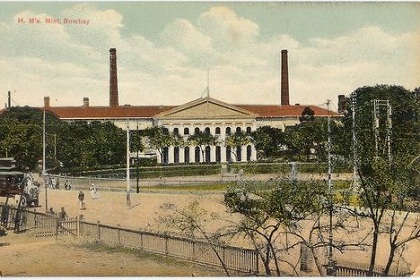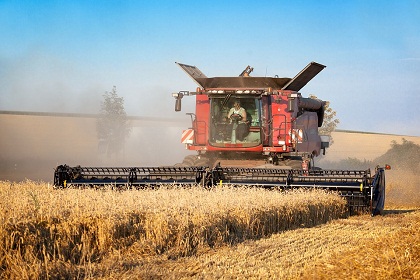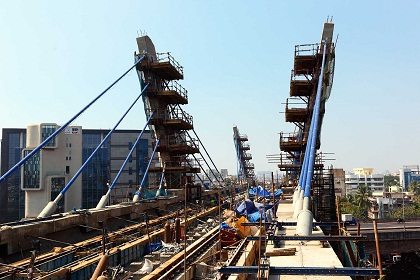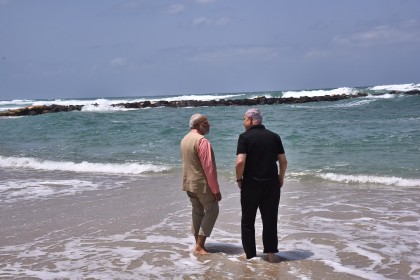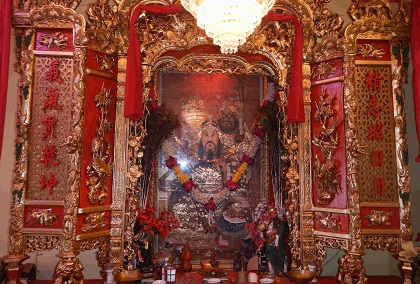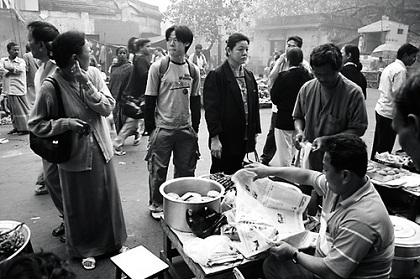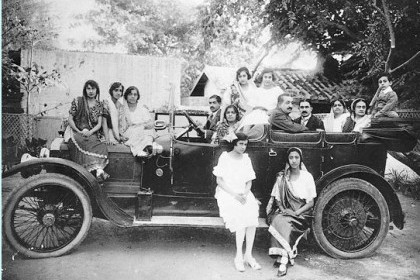Indian banking’s chequered history
The history of modern Indian banking in the 19th century is full of examples of lopsided loan portfolios, favouring a few individuals and businesses, which is not very different from today’s world of financial fraud and manipulation of the system for personal gain. The past still holds many lessons



